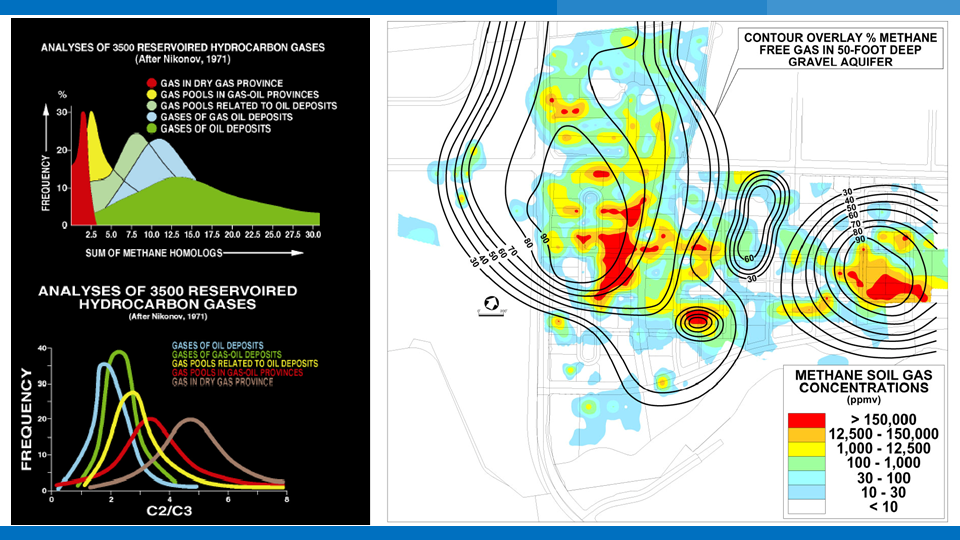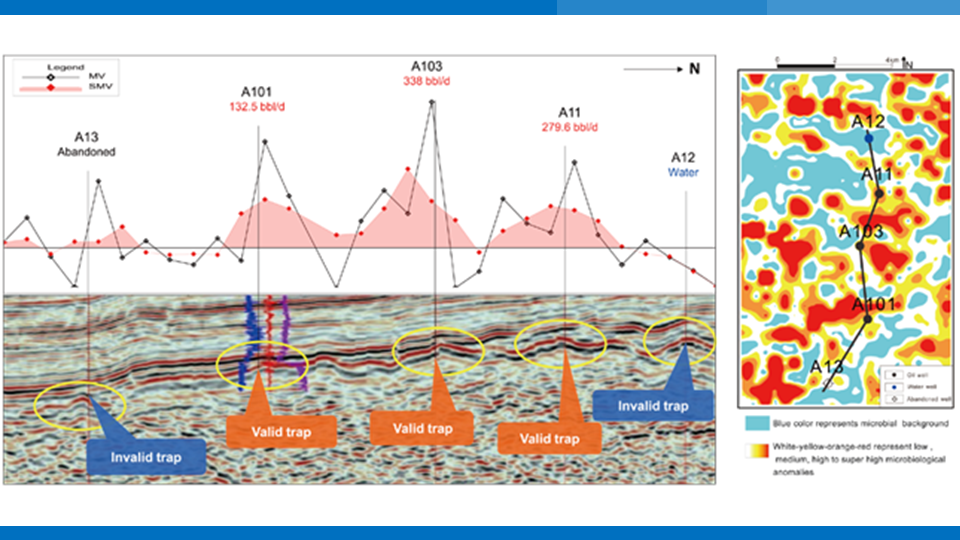The use of surface geochemical methods is based on the concept that all petroleum accumulations suffer some leakage to shallower intervals and eventually to the surface.
This leakage can be detected directly by sampling and analysing the petroleum compounds in surface sediments, the water column or in air.
The seepage process can also cause changes in the mineralogical and environmental conditions, which can be detected using a range of other chemical, physical and microbiological methods.
In recent years, the most commonly used approach to surface geochemical exploration in offshore areas has been the collection of gravity core samples that are then taken ashore for analysis of any petroleum components in the sediment. In deeper water (>100m), collection of gravity core samples can lead to the loss of light components due to the pressure drop experienced when moving the core to the surface. The onshore analysis of the sample material means that results are often available only 6–8 weeks after completion of the sampling cruise, which can be a concern in an exploration project.
Since 2015 Geowave has been providing surface geochemical services to the Oil Industry in Indonesia. Our surface geochemical services methods:
- Geomicrobial Hydrocarbon Detection (GMHD)
- Geochemical Hydrocarbon Detection (GCHD)
- Free Soil Gas (FSG)
- 4G Data Integration & Interpretation


